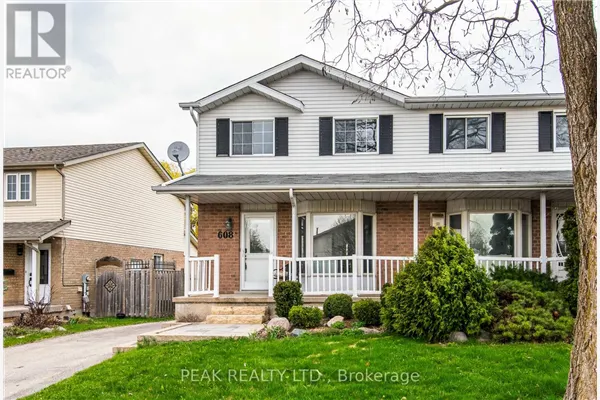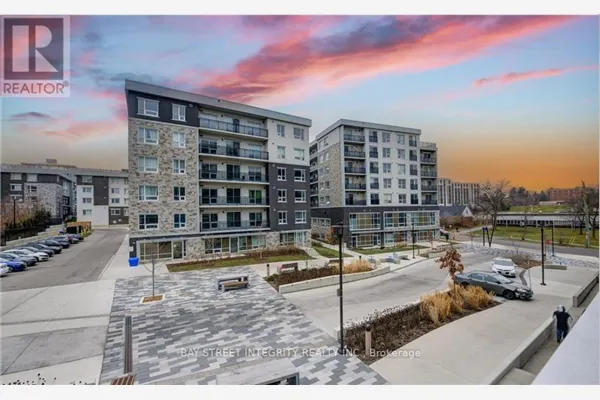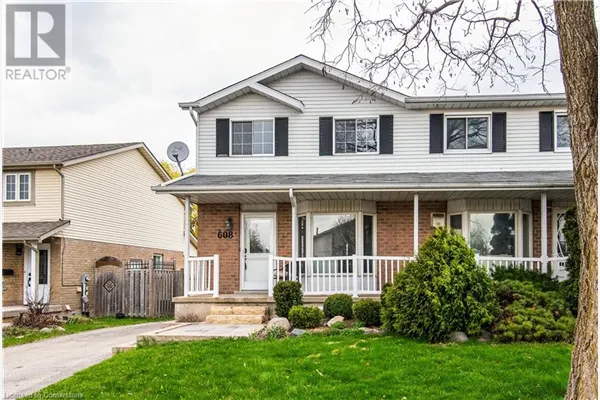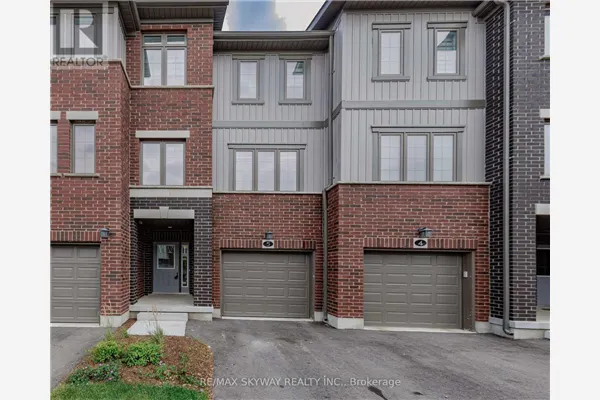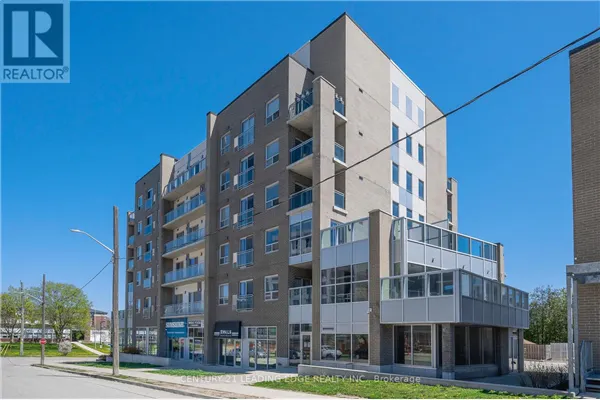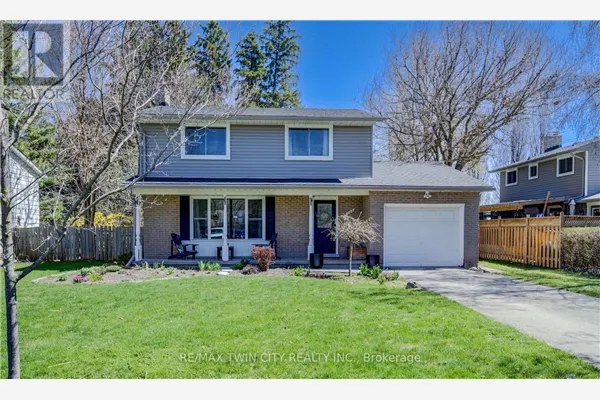Waterloo, located in the Canadian province of Ontario, stands as one of the three cities comprising the Regional Municipality of Waterloo (formerly Waterloo County). Positioned approximately 94 km (58 mi) west-southwest of Toronto, Waterloo holds a distinct identity outside of the Greater Toronto Area (GTA). Despite its geographical proximity to Kitchener, the two cities are commonly linked together as "Kitchener–Waterloo," "K-W," or "The Twin Cities."
Despite previous attempts to amalgamate the municipalities of Kitchener and Waterloo, these efforts proved unsuccessful. Following the establishment of the Region of Waterloo in 1973, the impetus for consolidation diminished, allowing Waterloo to maintain its status as an independent city. As of the 2021 census, Waterloo's population stood at 121,436, underscoring its significance as a vibrant urban center within the region.
The area that would later become settled as Waterloo was originally inhabited by Indigenous peoples, including the Iroquois, Anishinaabe, and Chonnonton.
Following the American Revolution, Mohawk war chief Joseph Brant sought land for the Mohawk and Six Nations near the Grand River as compensation for their loyalty to the British during the war. In 1784, Frederick Haldimand issued the Haldimand Proclamation, granting a tract of land "six miles deep from either side of the [Grand River] beginning at Lake Erie and extending in that proportion to the very head of the said river." This proclamation also included mill sites, which were identified earlier by Haldimand in 1788. Richard Beasley later acquired Block Number 2 of this grant from Joseph Brant in 1796. Block 2, encompassing 94,012 acres in the District of Gore, was subsequently sold by Beasley to settlers to meet mortgage obligations.
The first influx of immigrants to the area came from Pennsylvania, particularly from counties such as Lancaster and Montgomery. Mennonite settlers were among the earliest arrivals, with Beasley selling over 14,000 acres to them in 1800 alone. In 1803, a group of 26 Mennonites from Lancaster County formed the German Company of Pennsylvania, which purchased all remaining unsold land from Beasley. This transaction discharged Beasley's mortgage obligations to the Six Nations and provided settlers with deeds to their purchased land.
The payment for the land, made in cash, arrived from Pennsylvania in kegs, transported by a wagon accompanied by armed guards. Following this transaction, many pioneers from Pennsylvania purchased land in a 60,000-acre tract of Block 2, with farms typically spanning at least 400 acres in size.

